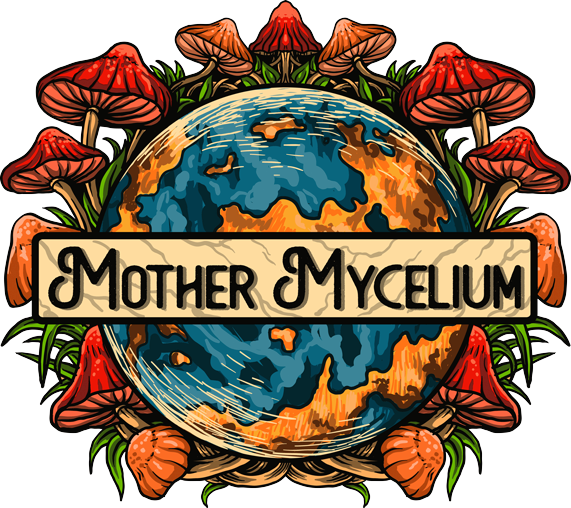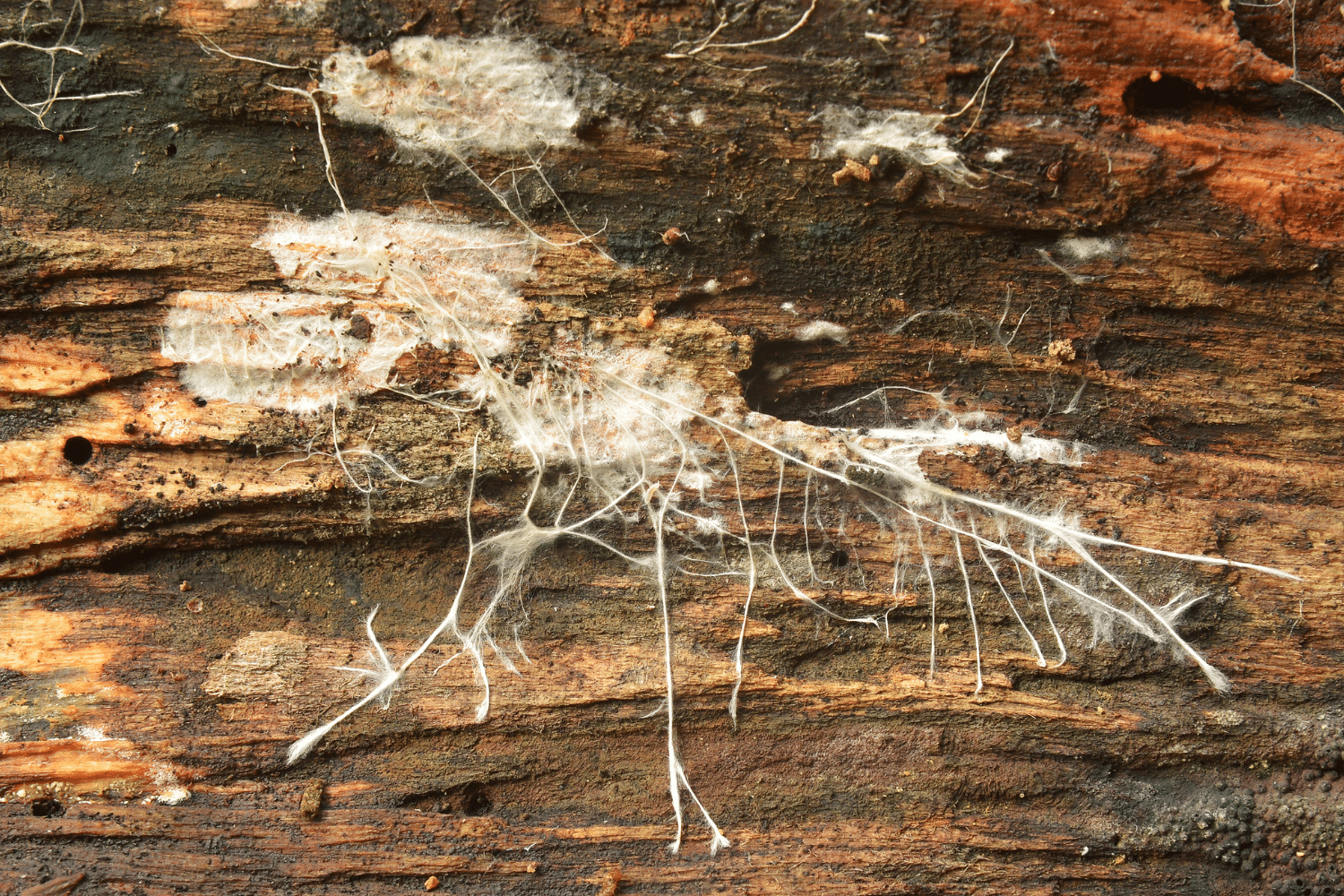
What is Mycelium?
Mycelium is among the most fascinating components of the natural world. It is a delicate yet robust fabric that lives underground and out of sight, connecting ecosystems in ways we’re only beginning to comprehend. In this brief article, we will explore the mysteries of mycelium and discover why it’s one of nature’s most important unsung heroes.
Unraveling Nature’s Hidden Network
Mycelium can be thought of as the body of a fungal organism, while mushrooms serve as the reproductive structure. The abrupt emergence of mushroom fruit bodies occurs after the mycelium has completed much of its life cycle out of view. Mycelium is made up of a network of branching, thread-like cells called hyphae. Hyphae are tubular cells that grow in long chains or threads. These threads branch out in vast networks and infiltrate soil, wood, and other organic matter, forming a complex underground matrix. After the mycelium has grown into a well-established network, mushrooms emerge to produce spores from which more mycelium will grow. While mushrooms are the more eye-catching reproductive structures that emerge from mycelial networks, it is the mycelium that provides the often-overlooked foundation upon which entire ecosystems depend.
The Role of Mycelium in Nature
Despite its unassuming appearance, mycelium plays a central role in maintaining the health and balance of ecosystems. Here are just a few of its surprising functions:
Nutrient Cycling: Mycelium decomposes organic matter, breaking down complex molecules like lignin and cellulose into simpler forms that plants and other microbes can absorb as nutrients. This process is essential for recycling nutrients and maintaining soil fertility.
Fungal Communication: Mycelium facilitates communication between plants, allowing them to exchange information and resources. Through a symbiotic relationship known as mycorrhiza, some types of mycelium form partnerships with plants, growing on and inside the roots. This intricate symbiosis enables the transfer of water, minerals, and even chemical signals which effectively expands the root system of the plant and helps to balance nutrients between plants.
Bioremediation: Mycelium possesses remarkable abilities to break down and absorb environmental pollutants, such as oil, pesticides, and even heavy metals. This makes it a valuable tool for cleaning up contaminated sites and restoring damaged ecosystems. Researchers are also finding ways to use mycelium to help prevent and control wildfires.
Medicinal Properties: Certain species of fungi produce compounds with potent medicinal properties, many of which are being studied for their potential to treat various ailments, including cancer, infections, and mental health issues. These beneficial compounds are often produced in large quantities by mycelium but can also be found in mushrooms.
Mycelial Wisdom
In addition to its ecological significance, mycelium holds valuable lessons for human society. The decentralized, interconnected structure of mycelial networks offers insights into sustainability, community resilience, and the power of cooperation over competition. By observing and emulating the mycelial principles of decentralization, collaboration, resource efficiency, adaptive resilience, and interconnectedness, we can cultivate a deeper appreciation for all life on Earth and work towards a more harmonious relationship with the natural world.
Conclusion
Mycelium is more than just a hidden network beneath our feet; it is a demonstration of the ingenuity and resilience of nature. By understanding and harnessing the power of mycelium, we can unlock new possibilities for ecological restoration, sustainable agriculture, natural medicine and so much more. So, the next time you cross paths with a mushroom, take a moment to appreciate the beauty of the mycelium it has emerged from and the profound wisdom of nature’s intricate web.

Latest Articles
Latest Articles
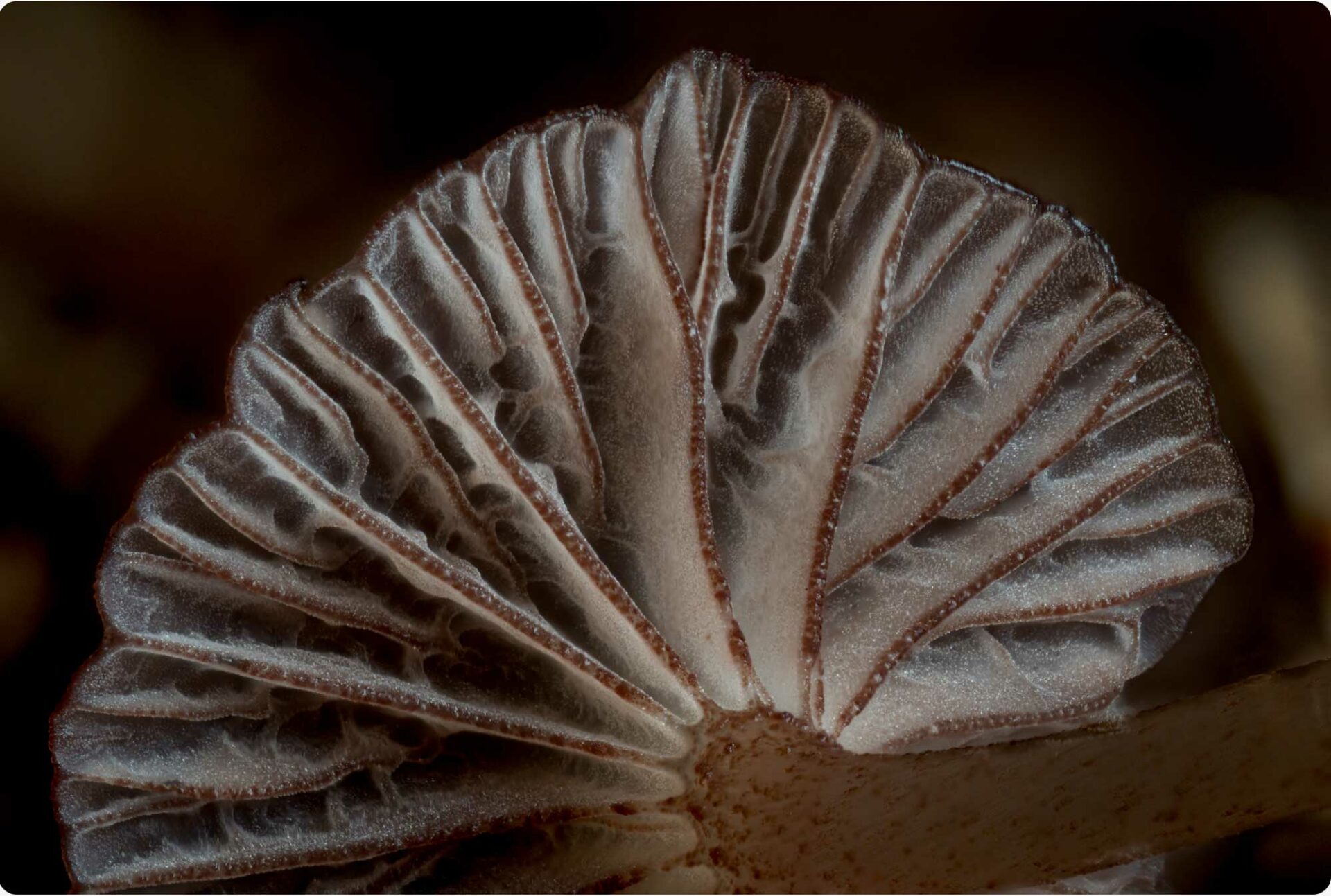
Mycology Glossary: Unlocking the Language of Fungi
Fungi are fascinating organisms, but the world of mycology (the...

Introduction to Mushroom Foraging in the Rockies
Mushroom foraging is a unique adventure that combines hiking, nature...
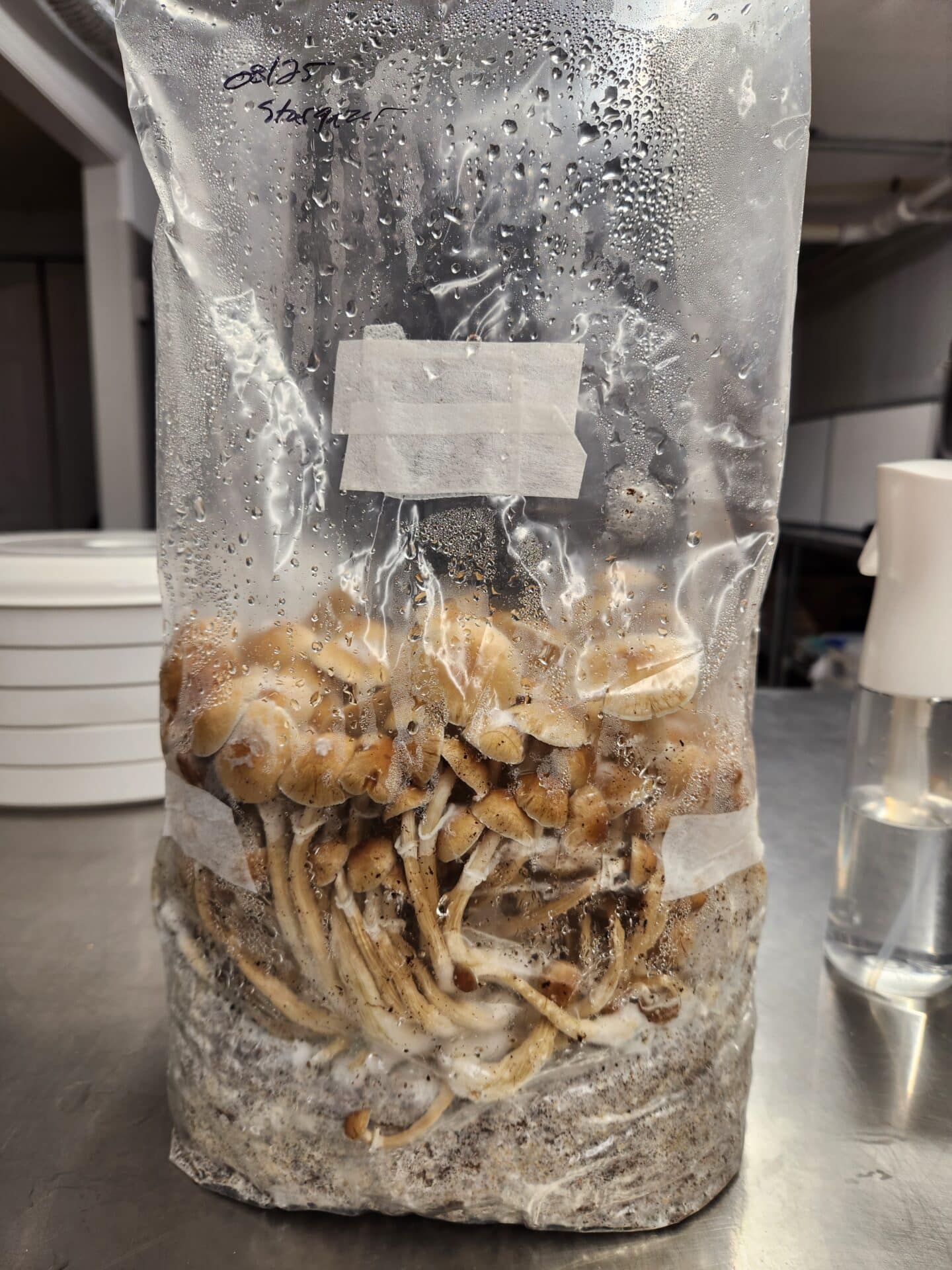
DIY Mushroom Grow Bags
Intro Growing mushrooms at home doesn’t have to be complicated...
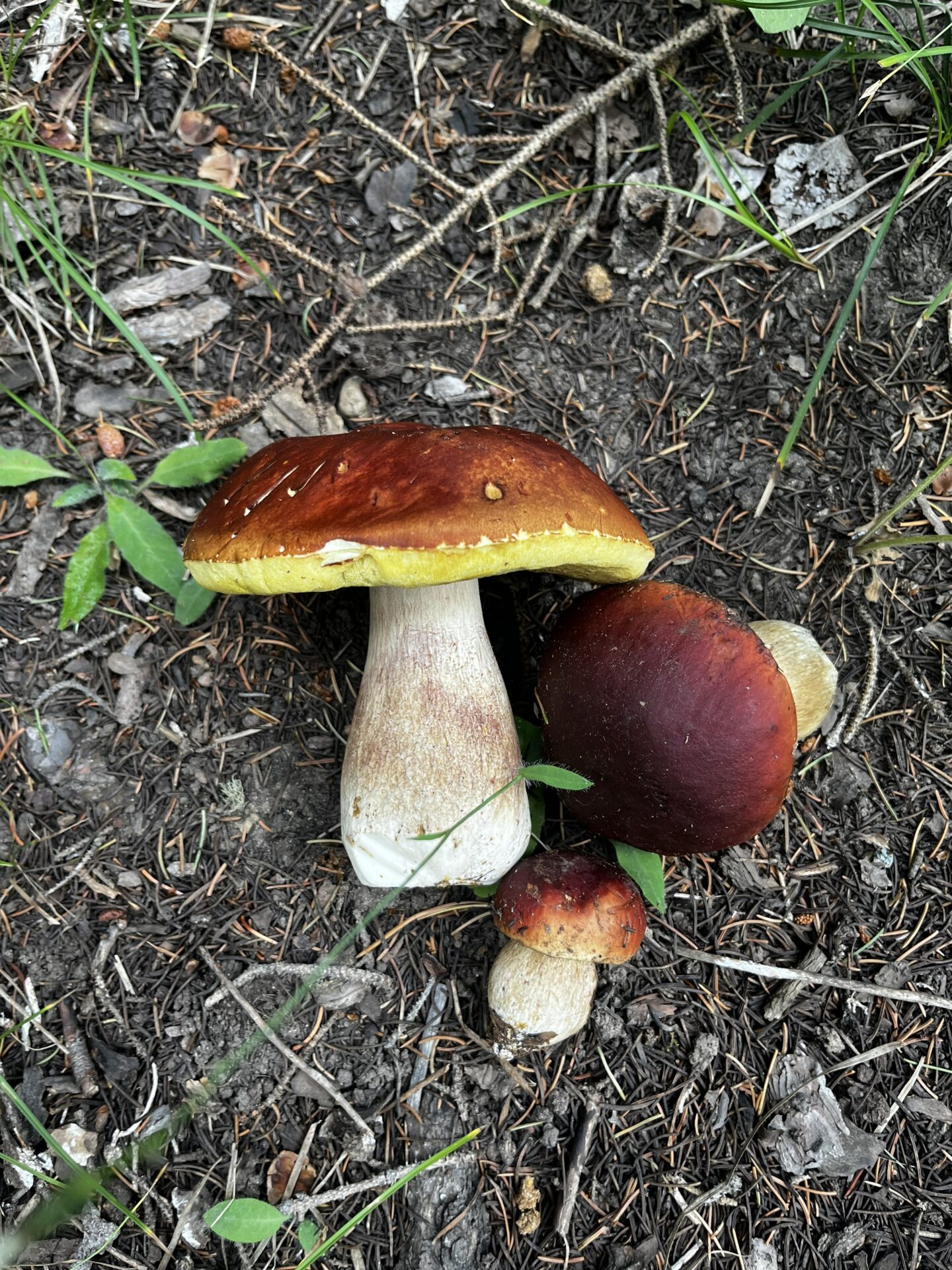
Colorado Mushroom Hunting Resources
Whether you’re just starting your journey into mushroom foraging or...
